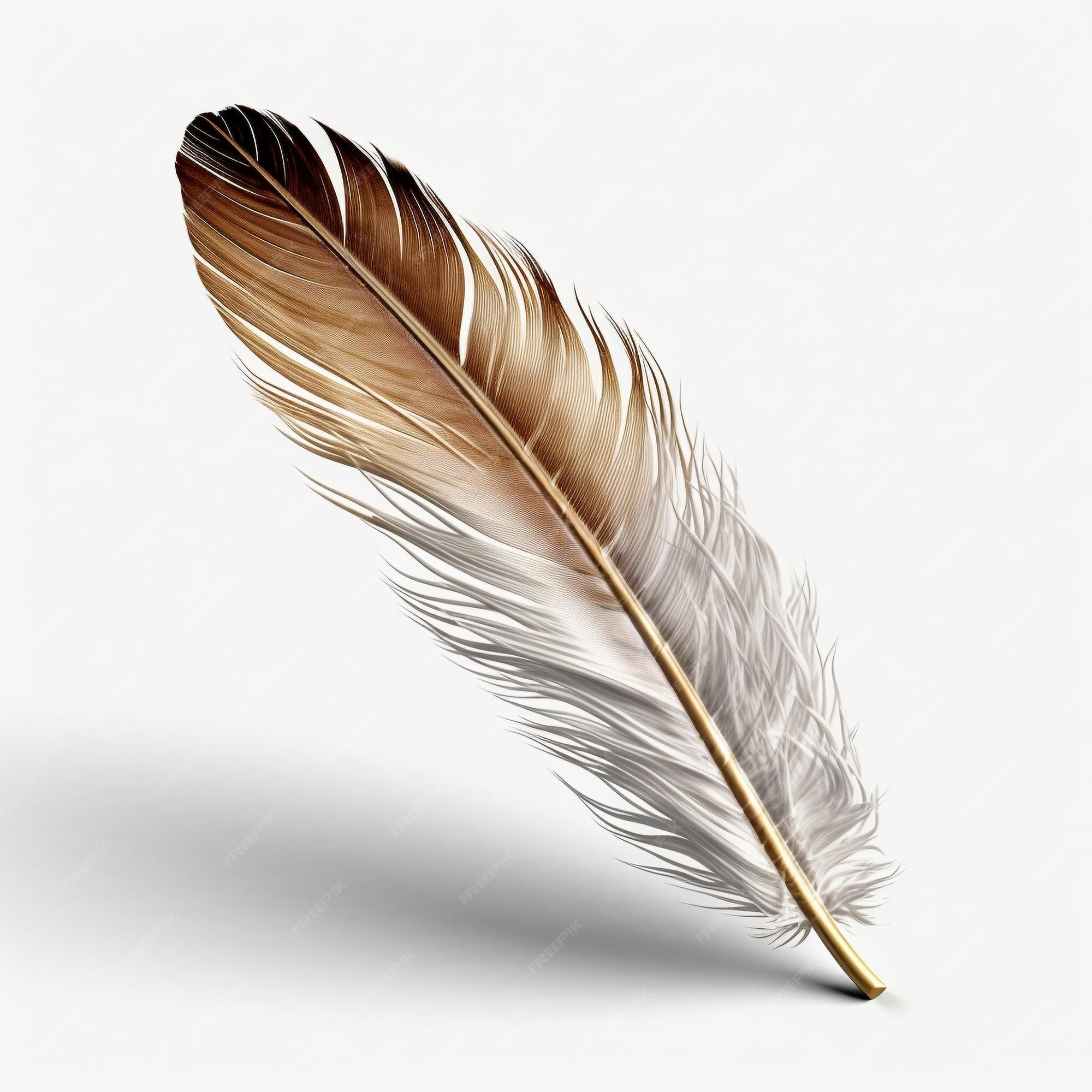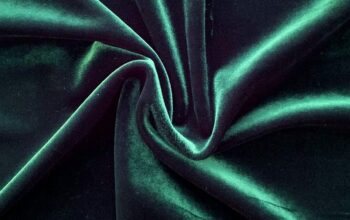Feathers, often perceived as light and ethereal, have captivated human imagination for centuries. These delicate plumes carry profound meanings across cultures, religions, and psychological realms. The symbolism of feathers beckons a shift in perspective, urging us to delve deeper into their significance. What secrets do they hold? Are they mere remnants of birds, or do they whisper ancient truths into our very souls? In this in-depth exploration, we will uncover the multifaceted meanings behind feathers—ranging from their spiritual implications in various religions to their psychological interpretations.
The Symbolism of Feathers: A Historical Perspective
Feathers have been revered objects in many civilizations, serving as symbols of freedom, transcendence, and divinity. In ancient Egypt, the feather of Ma’at, the goddess of truth and justice, represented harmony and balance. Weighing a heart against this feather determined one’s morality in the afterlife—a stark reminder that our actions have consequences. In Native American tribes, feathers are often sacred items, signifying a connection between the earthly realm and the spiritual plane. They are commonly used in rituals, adorning headdresses to denote bravery or achievement. This rich tapestry of cultural significance showcases feathers as conduits of meaning, resonating throughout human history.
Spiritual Meaning: Insights from Major Religions
Within the realms of Christianity, Islam, and other spiritual traditions, feathers encapsulate themes of hope and divine intervention. In Christian theology, feathers frequently symbolize the protective nature of angels. Psalms 91:4 speaks of God covering believers with his feathers, promoting peace amidst turmoil. Here, feathers embody both a guardian shield and the assurance of divine presence. This metaphorical use extends into Christianity’s prayer practices, where feathers can represent the lifting of the spirit toward God.
Conversely, in Islamic belief, the feather symbolizes purity and the afterlife, accompanied by concepts of resurrection and renewal. The Quran denotes angels as bearers of divine messages, often depicted with wings adorned in plumage, representing their ethereal nature. Feathers are reminders of the transient bond between the physical world and the divine, illustrating that death is a mere transition to a more exalted existence.
In the broader spiritual context, feathers signify a connection to one’s higher self. They may appear during significant life transitions, serving as a comforting nudge that you are on the right path. Frequently, individuals encounter feathers unexpectedly after moments of contemplation or during pivotal life events; it’s as if the universe conspires to affirm their choices.
Psychological Interpretations: A Glimpse into the Mind
From a psychological standpoint, feathers can evoke feelings of lightness, elevation, and liberation. They often signify the shedding of burdens and the pursuit of aspirations. Freudian interpretations suggest that feathers embody an innate desire for freedom, stirring the unconscious yearning for escape from societal constraints. The whimsical nature of feathers indicates transformation—they signify that change is not only necessary but attainable.
Moreover, Carl Jung’s analytical psychology posits that feathers can serve as archetypal representations of the soul. They symbolize the quest for self-discovery and spiritual enlightenment. Encountering a feather is akin to receiving a message from the unconscious, prompting an introspective examination of unfulfilled aspirations or internal conflicts. This reawakening can lead to profound self-realization, inspiring individuals to confront their fears and pursue authenticity without hesitation.
Syllogism: The Logical Connections
To better understand the implications of feather symbolism, consider the following syllogism:
- All feathers represent freedom and spirituality.
- Connectedness to spirituality can be found through the pursuit of personal freedom.
- Therefore, feathers guide us toward spiritual enlightenment through the journey of personal liberation.
This logical progression indicates that the presence of feathers within our lives transcends mere aesthetic appreciation. Rather, they symbolize the unrelenting quest for truth, evolution, and connection to both self and the cosmos.
Practical Applications: Embracing Feather Symbolism
Encouragingly, integrating feather symbolism into daily life can enhance one’s spiritual and psychological journey. Collecting feathers found in nature can serve as a memento of life’s transitions, a tangible reminder of the presence of higher energies. Using imagery of feathers in meditation practices fosters a space for ethereal reflection, allowing for breakthroughs and insights into one’s emotional states and life purpose.
Art and design can also utilize feathers to evoke these profound meanings, transforming spaces into havens of tranquility and inspiration. Incorporating feather motifs in personal items—like jewelry or art—imbues them with a sense of personal significance, forging a deeper connection to the themes of freedom and transformation.
As we venture forth in our exploration of feathers, let us embrace the notion that these delicate fragments of nature carry substantial wisdom. They connect us to histories, cultures, and realms beyond our immediate perception. In illuminating the meanings embedded within feathers, we unlock pathways to personal growth, spiritual enlightenment, and an enduring connection to the boundless universe.










